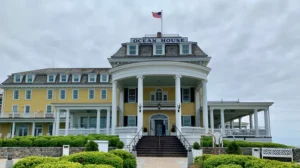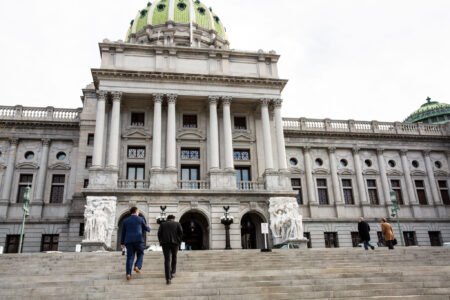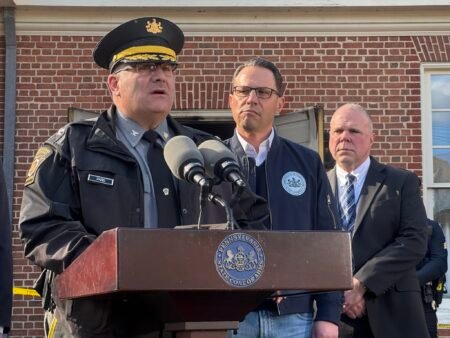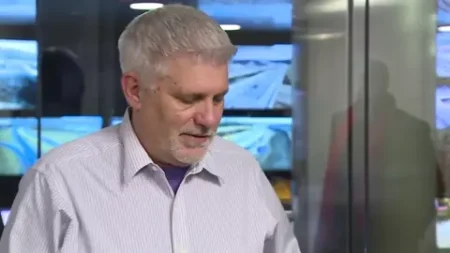The UK and Australia have signed a landmark 50-year treaty to design and build a new fleet of nuclear-powered submarines. The pact, called the Geelong Treaty, was signed in Geelong on Saturday by Australia’s Defence Minister Richard Marles and UK Defence Secretary John Healey. It forms a critical part of the broader Aukus defence agreement between Australia, the UK, and the United States.
This long-term treaty focuses on building the SSN-Aukus submarines, which will feature advanced technology shared by all three Aukus countries. The UK will build its submarines in northern England for its Royal Navy, while Australia will construct its own fleet in Adelaide, aiming for delivery in the 2040s.
While the United States is not a direct party to this treaty, it remains involved in the Aukus pact. However, uncertainty has emerged due to a review ordered by the Trump administration. The review will assess whether Aukus fits within Trump’s “America First” defence agenda. The process is led by Pentagon official Elbridge Colby, who has expressed doubts about the agreement’s impact on US military resources.
Despite this, Australia and the UK have decided to move ahead confidently. In a joint statement, both governments confirmed the treaty would guide submarine design, building, training, operation, disposal, infrastructure, and workforce development.
Richard Marles described the treaty as “one of the most significant” in Australia’s defence history. He said it would enable close cooperation and joint training between UK and Australian crews. Australian submariners and defence staff will receive training in the UK, while shipyard infrastructure will grow at the Osborne Naval Shipyard in Adelaide.
The treaty also promises to create a “seamless defence industrial base.” This means that companies in both nations will supply parts and services for the submarines. Australian firms will contribute to the UK’s builds, and British firms will do the same for Australia. According to both ministers, this cross-nation supply chain is expected to create tens of thousands of jobs across the two countries.
UK Defence Secretary John Healey said the treaty would help secure both nations for future generations and strengthen the Indo-Pacific region. He called it a vital link that also supports NATO’s long-term goals.
“This is more than a defence deal,” Healey said. “It is a statement of trust and long-term commitment. Our countries are building something that will protect our children and their children.”
The Geelong Treaty will be formally presented to the Australian Parliament next week. Though the full text has yet to be made public, it outlines three main goals: workforce development, training, and shared industrial efforts.
The Aukus program is set to cost Australia around $368 billion, with nearly $4.6 billion each going to both the UK and US to support their respective industries. In addition to the SSN-Aukus submarines, Australia will purchase at least three Virginia-class nuclear submarines from the US in the early 2030s.
UK Foreign Secretary David Lammy also weighed in on the deal during an event in Sydney. He denied claims that the UK was stepping in to fill a US leadership gap. Instead, he highlighted the job creation and strategic partnership benefits for both countries. “All governments should review defence plans,” Lammy said, “but that doesn’t mean pulling back.”
He added that in today’s global climate, strong defence investments act as a deterrent and a tool for peace.
The Geelong Treaty signals that, even as political winds shift in Washington, the UK and Australia are fully committed to the Aukus vision—one of shared security, industrial collaboration, and long-term strategic cooperation.







